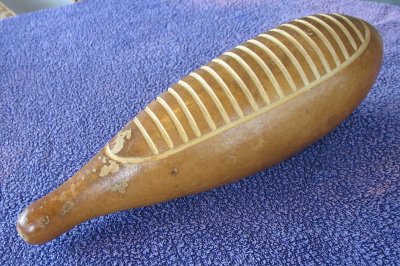Son-moderno
Later evolutions (1950s–present), blending with jazz, salsa, timba, and other genres.
Instruments:
Full Salsa Band setup:
- Piano (modern tumbaos, jazz influences)
- Tres (still present but less dominant)
- Double Bass (or electric bass in timba/modern settings)
- Congas, Bongó, Timbales (expanded percussion)
- Claves, Maracas, Güiro
- Brass section (trumpets, trombones, saxophones)
- And sometimes
- flute
- violin
- keyboards
- electric guitar
👉 Much bigger sound, hybrid of Cuban son + jazz + modern Latin music.
Timbales
History
Timbales were introduced in Cuban danzón during the late 19th century.
Here’s how it happened:
- The earliest danzón was played by orquestas típicas, which used heavier European-style timpani and military-style percussion.
- Around the 1870s–1880s, these large drums were replaced by the pailas criollas (what we now call timbales). They were lighter, more agile metal drums better suited for Cuban dance rhythms.
- This innovation helped shape the charanga francesa ensemble (flute, violins, piano, bass, güiro, timbales), which became the standard for danzón, danzonete, and later chachachá.
👉 So, the timbales first entered Cuban music through danzón and then became central to many genres afterwards ( mambo, salsa, songo, timba).
Charanga
Dances
- Danzón – The quintessential Cuban ballroom dance, elegant and formal, often seen as the "national dance of Cuba."
- Danzonete – A sung variant of danzón that became popular in the 1920s–30s.
- Cha-cha-chá – Created in the 1950s by Enrique Jorrín while playing with a charanga; specifically designed for charanga orchestras.
- Pachanga – A playful dance and rhythm from the late 1950s/early 1960s, closely linked to charanga bands.
- Mambo (in its earlier Cuban form) – Before the big-band New York mambo, charangas also played early mambo-style danzones.
- Charanga is a Cuban ensemble style and musical tradition that dates back to the early 20th century. It became especially popular in the 1940s–50s and played a crucial role in the evolution of salsa, timba, and Latin jazz.
Lees meer >
Mambo
In Cuban music, especially in salsa and son, the " mambo" section typically refers to a brassy, rhythmically intense instrumental break, often featuring repetitive horn lines, call-and-response patterns, and building energy toward the climax of a song.
Mambo
In Cuban music, especially in salsa and son, the "mambo" section typically refers to a brassy, rhythmically intense instrumental break, often featuring repetitive horn lines, call-and-response patterns, and building energy toward the climax of a song.
Guiro

The güiro is central to danzón, cha-cha-chá, son, and salsa, and is a standard feature of charanga orchestras that popularized Cuban dance music in the 20th century.
Lees meer >
Piano
Origins
Inventor: Bartolomeo Cristofori (1655–1731), an Italian instrument maker in Florence.
Date: Around 1700, Cristofori built the first instrument he called a “gravicembalo col piano e forte” — meaning harpsichord with soft and loud.
Reason for invention: Harpsichords (the main keyboard instrument of the 1600s) could not vary loudness by touch. Cristofori solved this by using hammers to strike strings instead of plucking them.
Mechanism: When a key was pressed, a felt-covered hammer struck the string, producing sound with dynamics depending on how hard or softly the key was played.
The Bass
Timba, the explosive and rhythmically rich genre of Cuban dance music, transformed how the bass functions in popular music. In Timba, the bass is not just foundational — it’s fiery, funky, and free.
Lees meer >
Guiro

The güiro is central to danzón, cha-cha-chá, son, and salsa, and is a standard feature of charanga orchestras that popularized Cuban dance music in the 20th century.
Lees meer >
Guitar
The Spanish guitar arrived in Cuba with the colonizers and became the seed of Cuban music, blending with African rhythms. From inspiring the tres to shaping son, conjuntos, and even modern timba, its influence runs through every note of Cuba’s musical history.
Lees meer >
The Bass
Timba, the explosive and rhythmically rich genre of Cuban dance music, transformed how the bass functions in popular music. In Timba, the bass is not just foundational — it’s fiery, funky, and free.
Lees meer >
